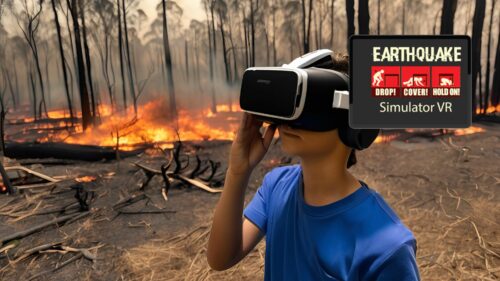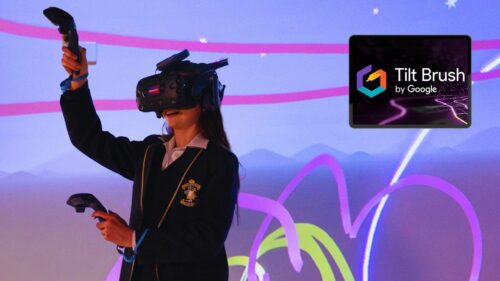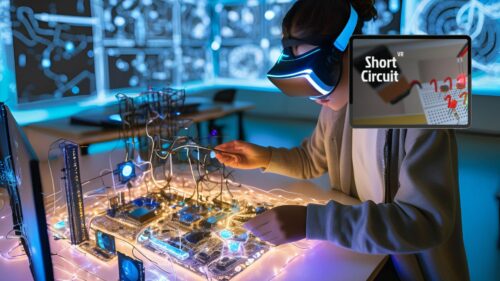Task Summary
Walk through the streets and archaeological sites of ancient Pompeii, which have been buried under volcanic ash for almost 1700 years. The city’s ruins provide a glimpse into the daily lives of its residents, from their homes and public buildings to their art and culture.
Learn MorePreparation
Students are expected to:
- Have some background knowledge on using Handheld Virtual Reality (HHVR) Headsets.
- Have an understanding of different historical sources such as the artefacts and sites of Pompeii and Herculaneum.
Teachers should make sure that:
- Devices are charged (if using).
- Students are able to access YouTube videos.
- Teaching Deck – Discover Pompeii and Herculaneum has been checked.
- A padlet, which is an online collaboration board for students, has been created and the link is included on page 8 of the student digital notebook.
- A copy of the Student Digital Notebook – Discover Pompeii and Herculaneum has been distributed to students and they have downloaded/ made a copy for themselves
- Students are divided into pairs or groups depending on how many devices are available. A suggested rotation cycle may be:
| Group | Round 1 | Round 2 | Round 3 |
| Group 1 | HHVR | Research | Historical Inquiry |
| Group 2 | Historical Inquiry | HHVR | Research |
| Group 3 | Research | Historical Inquiry | HHVR |
Learning Sequence
Introduction
- Students Think-pair-share on page 2 in their:
Student Digital Notebook – Discover Pompeii and Herculaneum- What were some notable sources (buildings, paintings, etc.) in Pompeii and Herculaneum?
- What do they tell us about the following?
- Economy
- Social Structure
- Political life
- Everyday Life
- Religion
Development
Station based learning
Station-based Learning in 10-15 min interval rotations.
Station 1 – HHVR
Select one of the following experiences below
Using their own knowledge of Pompeii and Herculaneum or other sources, students respondto various questions regarding the locations and artefacts viewed in the experience on slides 3-7 of the Student Digital Notebook – Discover Pompeii and Herculaneum.
Station 2 – Research
Explore the digital exhibit on Google Arts and Culture and respond to the following questions on slide 10:
- What was the purpose of the Temple of Jupiter in Ancient Roman society?
- What is the impact of new research and technologies?
- How does this help support conservation and reconstruction of the historical site?
Station 3 – Historical Enquiry
Respond to key historical enquiry questions related to Pompeii and Herculaneum. Sources are included in the Student Digital Notebook – Discover Pompeii and Herculaneum
-
- Outline any problems which have arisen due to tourism in Pompeii and Herculaneum using Source A. Propose appropriate solutions to these issues.
- How did the natural features of Campania contribute to the economy of the region? (NESA, 2021)
- Compare the effects of the eruption of AD 79 on the cities of Pompeii and Herculaneum (NESA Sample Paper 2019).
Conclusion
- Ask students to complete the following exit ticket on www.padlet.com:How did the technology you used today enhance the legacies of Ancient Roman society in Pompeii and Herculaneum?



